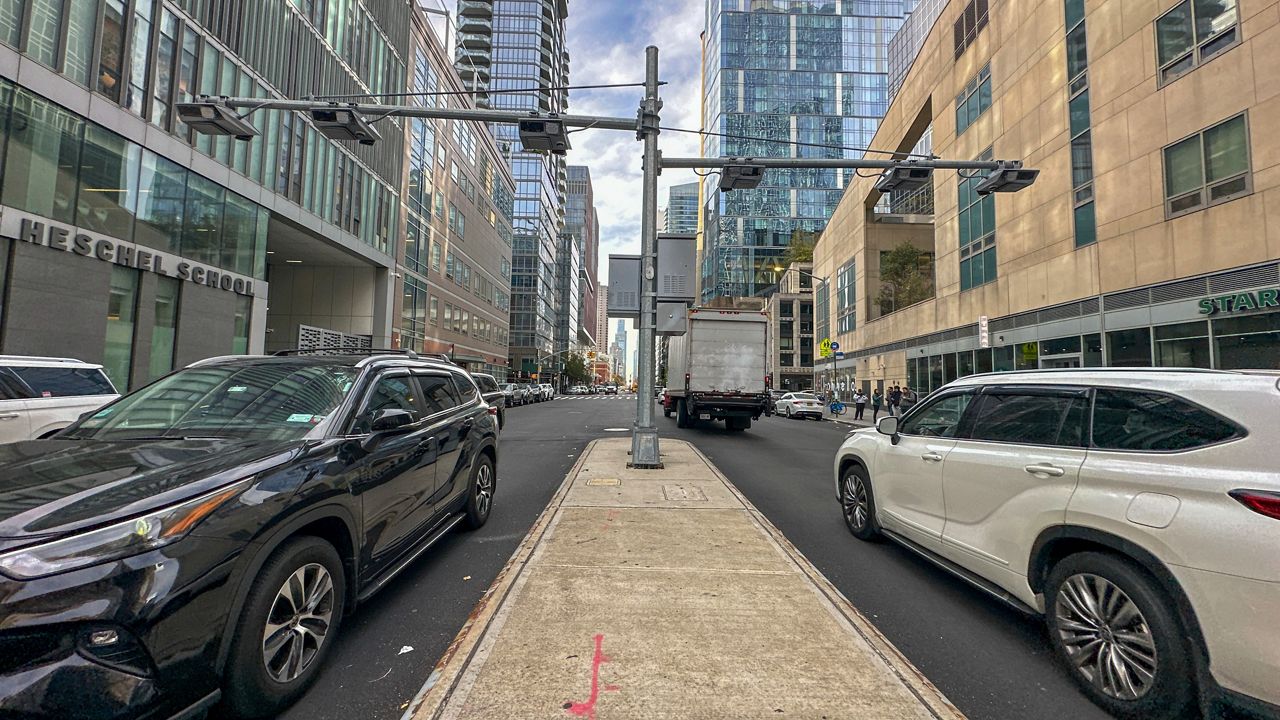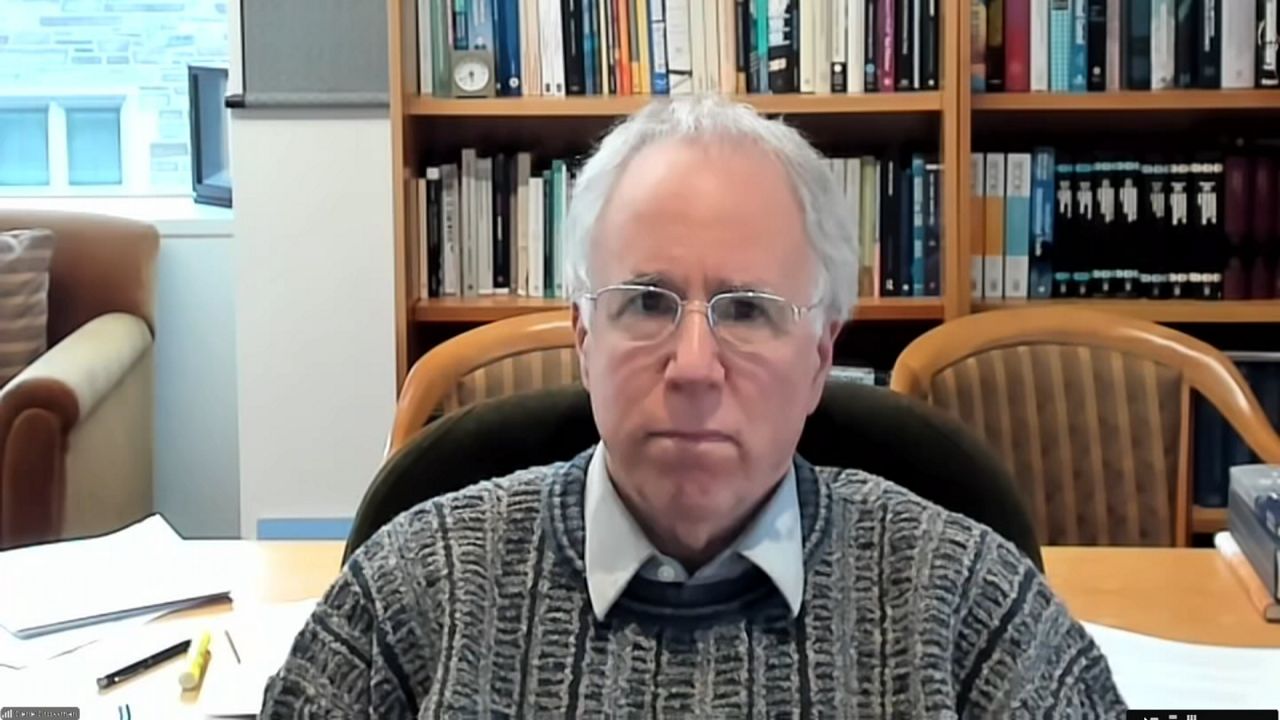New York City police officers will be increasing their presence on subway trains and in stations in an effort to reduce transit crime and move homeless New Yorkers into shelters, Mayor Eric Adams and Gov. Kathy Hochul announced Thursday.
Adams and Hochul framed the new policing strategy as a way to make residents feel safe on the trains, in order to increase ridership and draw workers back to offices.
Transit officers will ride the trains, not just stand in the stations, engaging straphangers and monitoring for crime, while precinct officers will enter subway stations when not responding to emergency calls to check for homeless people and criminal incidents.
“The omnipresence is the key,” Adams said. “People feel as though the system is not safe because they don't see their officers.”
Subway ridership has been inching up over the past year, but daily ridership levels are still currently about half of pre-pandemic numbers, according to the MTA.
Despite recent high-profile attacks, including a platform stabbing, as well as a winter rise in robberies, overall crime in the subway is flat compared with 2020 — despite the increase in riders — and down by about 30% compared with 2019 and 2018, according to transit police crime statistics through late December.
Adams, Hochul and the recently appointed NYPD Commissioner Keechant Sewell said that the new measures would dramatically increase the presence of police officers in the system and lead to more conversations between riders and officers.
“We’re gonna talk to them, say ‘good morning,’ say ‘how are you, how is your day going,’ and actually listening for the answer, and responding,” Sewell said.
Hochul also announced that the state would put out a request for proposals to create five teams of eight to 10 outreach workers, made up of medical professionals and social workers, who would be on call to interact with homeless people on the train system.
Adams underscored that NYPD officers would not be responsible for engaging homeless people. He said that although state law prevents officers from forcibly removing homeless people from the transit system, he would like to see state lawmakers reconsider the law.
Adams said that the goal will be to offer people living in the train system opportunities to enter shelters and receive direct services, even though many homeless people consider the shelters unsafe.
“When you build that trust and you give people the wraparound services, you can have a better chance of taking them off the streets,” he said. “There's nothing dignified about living on the subway system.”
The policing announcement did not come with any added funding for shelters or homelessness service providers, and comes as Hochul has reportedly signaled she will let the state’s eviction moratorium expire on Jan. 15.
In her State of the State address, Hochul announced her goal to create or preserve 100,000 units of affordable housing over five years, primarily through changes in tax and building regulations that would encourage developers to build more housing in the coming years.
Adams said that the new policing strategies would make better use of police resources without hiring more officers, requiring officers to park their cars and regularly monitor the subway stations.
Already, the subway has the highest number of police officers in two decades, after former Mayor Bill de Blasio added 250 transit officers in May.
“There is no longer a separation between the subway system and the streets above,” Adams said. “That’s smartly using your police resources.”





_PKG_Warren_Haynes_Interview_CG_133911731_3203)


_Pkg_NYPD_Cop_NJ_Shooting_Clean_131152335_3440)